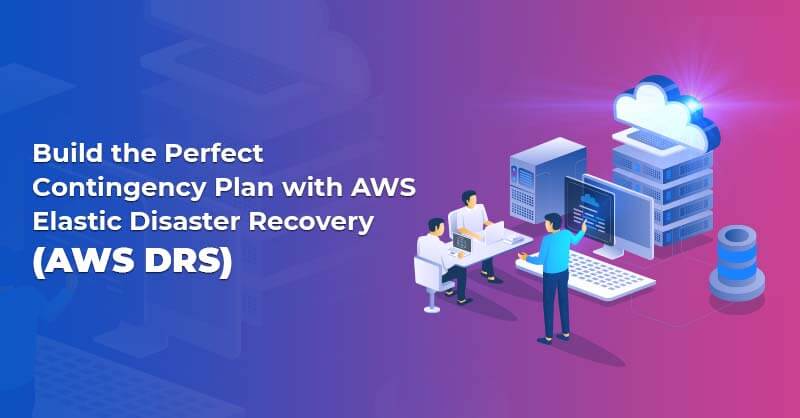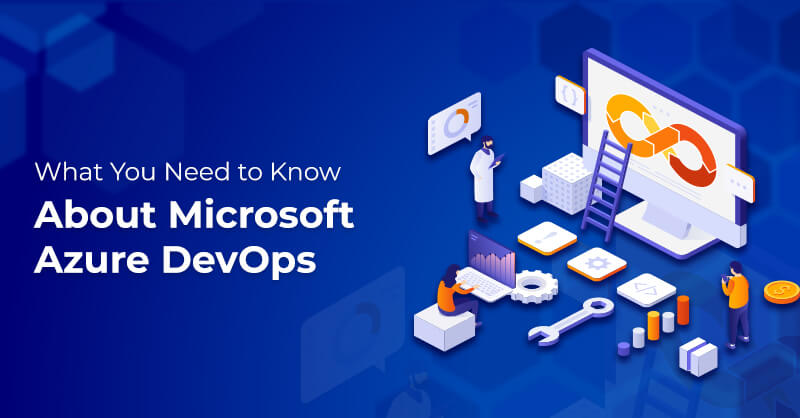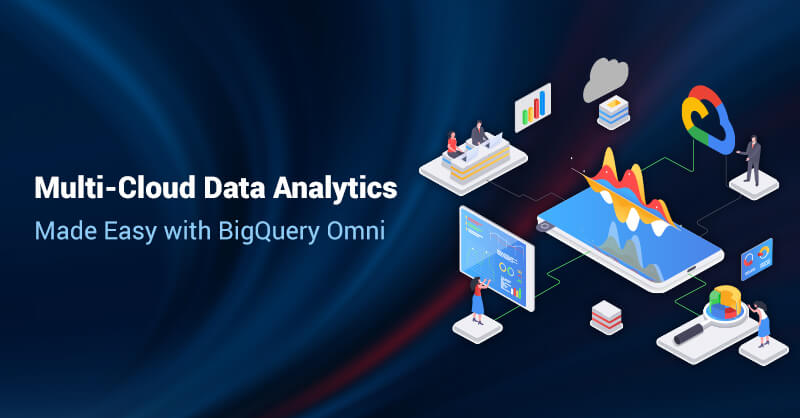Securing Cloud Desktops Using Google Cloud
Written by Priya George
Content WriterSince the advent of the pandemic, remote workspaces have gained massive traction with both users and organizations, and this is a trend that is unlikely to fade soon. For instance, a study by McKinsey in 2021 found that 52% of the surveyed employees would prefer a hybrid-virtual workplace post-Covid-19 pandemic. In addition, organizations benefit from this model due to easy talent acquisition, lower costs, and improved performance. As a result, remote desktops are the crucial software technology that businesses rely on to ensure the smooth functioning of WFH culture.
Virtual Desktops vs. Cloud Desktops
When it comes to the virtual desktops vs. cloud desktop debate, the main differentiator is from where the assets are deployed. The traditional virtual desktop infrastructure (VDI), which started in the '90s, involved creating an on-premises solution stack built and operated by IT teams. Simply put, they created remote desktop services. The main problem with such models was the reliance on on-prem resources, which shoot up costs and security concerns, constant monitoring of user experience, and the difficulty in architecting this solution. However, with cloud software, virtual desktops and apps are hosted on cloud-based resources, which eases infrastructure management concerns and easily achieves performance, economy, and scalability goals.
Accessing Cloud Desktops with Google Cloud Platform
When it comes to providing end-user computing services for creating cloud VDI, businesses can rely on Amazon Workspaces and Azure/Windows Virtual Desktop. With Google Cloud, users get to choose across several options since Google has partnered with several virtual desktops partners. Based on the organization's requirements, users can pick across a range of premium vendors for remote desktops, including Citrix, itopia, Nutanix Frame, Workspot, and VMWare. For instance, customers of Citrix, which is 98% of the Fortune 500 companies across more than 100 countries, can also deploy the best of Google Cloud Platform software since Citrix runs on Google infrastructure. In addition, they get to utilize Chrome OS and Chromebooks and, most importantly, collaborate on Google Workspace.
These partnerships with virtual desktop services, encourage more open and flexible approaches towards developing a virtual desktop plan on cloud platforms. Companies can VMWare Horizon 7 for its ease in managing multi and hybrid cloud assets. With the addition of GCP VMWare Engine, they can natively deploy Horizon 7, which can help them run Windows apps and services with ease. These partnerships allow companies that have already subscribed to these long-time vendors to access Google Cloud software & resources including Google Workspace.
There are three key benefits of remote PCs on GCP:
Security: End-to-end encryption even while streaming
Flexibility: Find the ideal virtual desktop service via the best-fit method
Progressive: Easy migration path for applications to be cloud-native
Securing Cloud Desktops from Ransomware
Half of all ransomware attacks that have ever occurred have taken place in 2021. Given this fact, anxiety over future cyberattacks is apt. As a result, businesses are on the hunt to find the right cybersecurity solutions to protect themselves. In addition, the fact that cloud-driven virtual PCs are set up away from on-prem data centres is a severe cause for concern for companies. However, Google is aware of increased ransomware attacks looming on the horizon, and they have taken appropriate measures.
- End-to-end data encryption: One of the most significant steps that GCP takes concerning cybersecurity is encrypting data regardless of whether it is at rest or in transit. This is achieved by encrypting the hardware layer right up to the application layer.
- Chrome OS: With Chrome OS being a cloud-first platform, there is a limited amount of data vulnerable to a ransomware attack, and there is an easy recovery of files. Blocking of malicious executable files, automatic updates, automatic reboot to the previous OS if tampered with are the features that protect cloud VDIs from attacks.
- BeyondCorp Alliance: By assembling with a group of partners, including Checkpoint, PaloAlto, and Tanium, among others, GCP was able to democratize Zero Trust technology to extend across capabilities like gateways, device management, and endpoint security. By subscribing to BeyondCorp Alliance, organizations can enforce Zero trust technology across devices.
What can Royal Cyber do to Secure Cloud desktops?
Cloud VDIs offer the advantage of providing the underlying infrastructure such as computing, networking, and storage; however, the capabilities and cost differ across service providers and their proprietary cloud desktop service. Therefore, companies will still need to pick the cloud virtual desktop solutions to meet their business needs. This is where we can play a role as Google Cloud Platform partners. Our Google-certified experts can help organizations pick the ideal remote PC strategy that meets business needs cost-effectively with expertise in cloud-managed services and business understanding.
To deploy your company's ideal cloud VDI strategy, experts recommend a "multi-cloud"PC solution. And Google has the perfect platform for all things multi and hybrid cloud: Google Anthos. With our managed services and migration consulting expertise, we have the people to guide businesses on their path towards adopting hybrid virtual workspaces. Furthermore, in collaboration with organizations, our team can develop and support the perfect virtual PC solution that leverages the elasticity of each cloud provider.
For more information, contact us at info@royalcyber.com or visit us at www.royalcyber.com.



